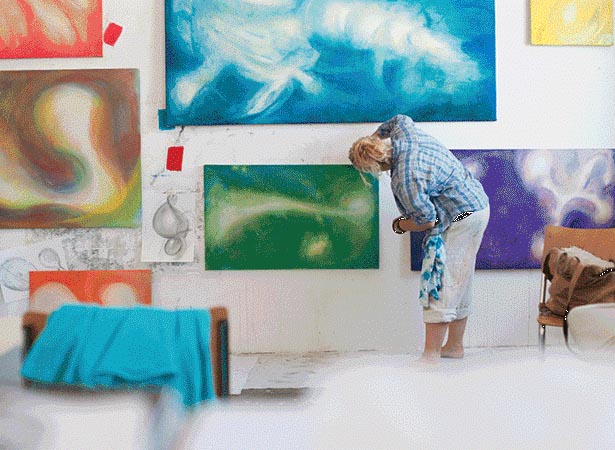
Institut Kunst HGK FHNW / Art Institute Basel
Every Contact Leaves a Trace: an exhibition in two venues
September 2–11, 2106
Opening: Thursday, September 1, 6pm
Kaskadenkondensator
Burgweg 7
4058 Basel
Kunsthalle Basel
Steinenberg 7
4051 Basel
www.institut-kunst.ch
Anna Balint, Christelle Besson, Oliver Falk, Rebecca Feldmann, Klara Frick, Tomaz Gnus, Raphaela Grolimund, Lara Gysi, Simon Hofmann, Marc Hörler, Monika Iseli, Fanny Jemmely, Andreas Jenni, Nici Jost, Anastasija Kadisa, Jemima Läubli, Ji Su Lee, Céline Liebi, Fabio Luks, Marisa Meier, Ephraim Meister, Yolanda Natsch, Elia Navarro, Dawn Nilo, Daniela Petrini, Maeva Rosset, Lea Rüegg, Rebeka Schiessl, Şebnem Seçkin, Yanik Soland, Fidel Stadelmann, Sandra Steiner-Strütt, Paul Takács, Paula Thiel, Yota Tsotra, Isadora Vogt, Sean Völlmin, Karin Würmli
Curated by Chus Martínez and Lysann König
Every contact leaves a trace. The phrase expresses an enormous confidence in experience. All that is known departs from experience; the mind needs the senses. The senses are there not only for adaptive reasons but also as a way to create a force that both allows us to be part of the inanimate world and to understand that there is no such thing as a “cut” between us and the rest, the whole, the inner self and the outside. This thought seems harmless, but we’ve mostly opposed it for the last 500 years. From religion to capitalism(s), all these systems have been constructing a different architecture, an architecture of a self that can exist independently of all the traces, of all the experiences; a self that can even make it alone or with just a few others, and survive “outside” the flow of events and experiences that others might feel. We’ve been building walls, hard skins, and filters to maintain the fiction that experience is good, but that it is also the enemy of our autonomy and autonomy is the key to our identity and identity is the key to our culture. It is still always strange when people ask why art is there, or what art is for. Hegel may have been right. Art isn’t there just for the obvious reason to continue this hard education on the major importance of the senses. He might as well have been right when he said that art might just be a placeholder, since it is not unthinkable to dream of an even better tool to expose ourselves continuously to abstraction (thinking) and materiality in such a way to understand that our major duty is not a moral one; it is instead to open up as wide as we can to complexity.
Of all exhibitions that one might curate, this one, curated together with artist, activist, and former student of the Art Institute, Lysann König, is the most complex to introduce. Or the reverse: this exhibition is put together simply by the will to develop a project in order to come to terms with the notion, “I am an artist.” There’s no subject running through the show, yet one can identify certain concerns that are part of the mindset of these artists. These works seem to move away from any form of calculated language, from modernist nostalgia to conceptualism in all its forms. Many are not concerned in the first place with the materials or the media, but with the sensations that materials and media are able to produce when put to work to examine something that runs through many of the works: a restorative mimesis. What does this mean? If pushed to find words to convey to you what this generation of artists has in common, I would say an investigation of our current anxiety and the way art is able to capture this growing feeling, to demystify the causes, and to re-enchant our experience of life with a new trust. Anxiety is no longer a personal feeling, but a peculiar energy. Anxiety is an alteration and, in return, it deeply alters the way we sense and understand our sense of being in the world. We are trained to think in historical terms, to project our pasts onto our futures, and to produce mechanisms that ensure stability in the transmission of knowledge within the theatrical way of understanding our “civilization.”























